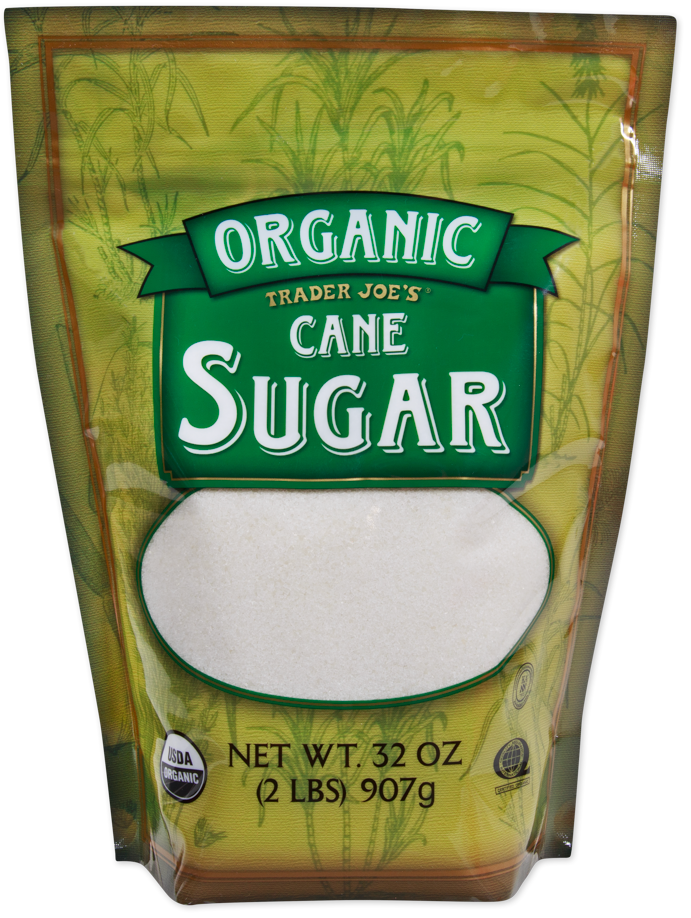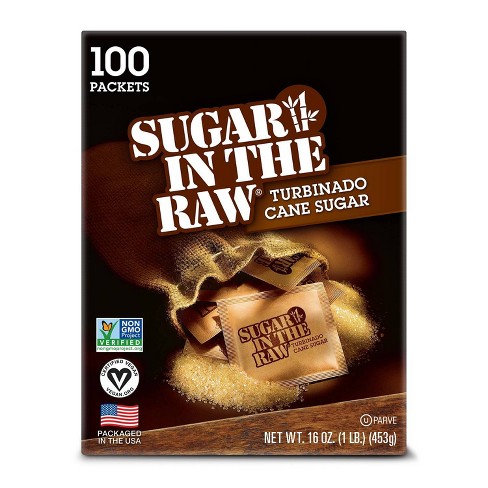The Trip of Cane Sugar Processing: From Harvest to Crystals
The Trip of Cane Sugar Processing: From Harvest to Crystals
Blog Article
An In-Depth Guide to the Environmental Impact and Sustainability Practices in Walking Cane Sugar Handling
The ecological impact of walking cane sugar handling offers a complicated selection of difficulties that warrant mindful examination. From soil deterioration and excessive water use to the carbon footprint linked with growing and production, the effects of conventional practices are far-reaching. What details techniques can be executed to strike an equilibrium in between productivity and environmental stewardship?
Summary of Cane Sugar Handling
Walking cane sugar processing entails a series of methodical actions that transform sugarcane into refined sugar. Initially, harvested sugarcane is transported to processing facilities, where it undergoes cleaning up to eliminate soil and particles. Following this, the walking stick is crushed to extract juice, which is after that clarified by removing impurities via home heating and the addition of lime.
The cleared up juice undergoes dissipation, where water is eliminated to focus the sugar web content. These crystals are divided from the remaining syrup utilizing centrifugation, resulting in raw sugar.
The last item is then dried out and packaged for circulation. Throughout this entire procedure, keeping effectiveness and high quality control is vital to guarantee the sugar fulfills industry requirements. Each action in cane sugar handling not only adds to the end product however likewise has ramifications for source usage and waste generation, establishing the phase for discussions on sustainability and ecological influences related to sugar production.
Environmental Difficulties of Manufacturing
The production of walking cane sugar offers numerous substantial ecological obstacles that warrant focus. One primary problem is the considerable use of agrochemicals, consisting of fertilizers and chemicals, which can lead to dirt deterioration, biodiversity loss, and contamination of neighborhood water sources. The drainage from sugarcane fields frequently lugs these chemicals into neighboring ecosystems, disrupting aquatic life and influencing the wellness of areas reliant on these water bodies.
One more obstacle is the high energy intake connected with sugarcane processing. The boiling and refining phases need substantial warmth, primarily produced by shedding nonrenewable fuel sources, adding to greenhouse gas exhausts. In addition, the large land location needed for sugarcane farming can lead to deforestation and environment destruction, further worsening climate modification and harmful wild animals.
Moreover, the labor methods in some areas increase moral problems, as workers may encounter inadequate working problems and insufficient incomes. This situation often bolsters a cycle of destitution in neighborhood neighborhoods. Cane Sugar Processing. Dealing with these ecological difficulties is vital for developing more sustainable techniques in walking cane sugar manufacturing, inevitably benefiting both the atmosphere and the communities included in this industry
Water and Land Usage Impact
Water sources and land use are essential elements in the walking stick sugar market that substantially influence the atmosphere. The cultivation of sugarcane calls for significant water input, with price quotes recommending that it can consume as much as 2,000 liters of water per kg of sugar generated. This extensive use water typically results in deficiency of regional water sources, influencing not just the sugarcane plantations however likewise surrounding ecological communities and neighborhoods that rely upon the Get the facts very same water sources for farming and domestic use.

Additionally, land usage for sugarcane cultivation can result in deforestation and the conversion of natural environments into monoculture ranches. This method diminishes biodiversity, interferes with regional ecological communities, and adds to dirt degradation. The development of sugarcane fields commonly elbows in on valuable farming land, developing competitors for sources between food and biofuel manufacturing.
Sustainable practices, such as optimizing irrigation methods and applying crop turning, are important to minimize these effects. By embracing more efficient water use and land administration approaches, the cane sugar industry can lower its eco-friendly footprint, making certain a balance in between farming performance and ecological conservation.
Greenhouse Gas Emissions
Greenhouse gas emissions represent a substantial environmental worry within the walking cane sugar handling sector, particularly as farming practices expand to fulfill global need. The growing of sugarcane, a crop that thrives in tropical climates, relies heavily on synthetic fertilizers and chemicals, which add to nitrous oxide exhausts. Furthermore, land-use changes, consisting of deforestation for brand-new sugarcane ranches, launch co2 kept in vegetation and soil.
During handling, power usage is one more significant source of greenhouse gas emissions - Cane Sugar Processing. Several sugar mills make use of nonrenewable fuel sources to power machinery and produce warmth, resulting in substantial carbon impacts. Furthermore, the transportation of raw sugarcane and ended up products includes layers of discharges with gas burning in cars
The cumulative effect of these emissions intensifies climate modification, posing risks not just to the setting however also to the lasting feasibility of the industry. Stakeholders need to recognize the immediate need for detailed strategies that resolve these emissions. This includes assessing existing agricultural methods, refining techniques, and transport systems to identify areas for renovation and mitigation. Addressing greenhouse gas discharges is website here important for promoting an extra sustainable walking stick sugar industry in an altering environment.

Sustainable Practices and Innovations
Lasting practices and technologies are progressively vital in the walking cane sugar processing sector as stakeholders seek to reduce ecological effects while keeping efficiency. One significant innovation is the application of incorporated crop monitoring, which enhances source use by incorporating soil monitoring, bug control, and crop turning methods. This technique boosts yield while lessening chemical inputs and preserving soil wellness.
Moreover, the adoption of eco-friendly energy sources, such as biomass from sugarcane deposits, has acquired grip - Cane Sugar Processing. By transforming waste products into power, refining facilities can minimize their dependence on fossil fuels, thus decreasing greenhouse gas emissions
Water administration techniques have likewise seen renovations via the recycling and reusing of water in processing plants, substantially reducing freshwater usage. Advancements in modern technology, such as precision agriculture, make it possible for farmers to check crop find more information health and resource usage a lot more properly, ensuring sustainable cultivation methods.
Moreover, qualification programs like Fair Profession and Rain forest Alliance encourage environmentally accountable farming methods and advertise social equity within the supply chain. By welcoming these lasting practices and advancements, the walking cane sugar handling industry can enhance its durability and add favorably to ecological stewardship.
Verdict
The ecological influence of cane sugar processing presents significant difficulties, consisting of dirt deterioration, high water intake, and greenhouse gas exhausts, along with moral problems connected to labor practices. Dealing with these problems with lasting techniques, such as incorporated plant management, sustainable energy fostering, and water recycling, is important. By promoting eco accountable and socially fair approaches in sugar production, the industry can mitigate its damaging impacts, guaranteeing an extra lasting future for both communities and ecological communities included in this sector.
Walking cane sugar processing entails a collection of systematic actions that change sugarcane into polished sugar. Each step in cane sugar processing not only adds to the final item however additionally has ramifications for source use and waste generation, establishing the stage for conversations on sustainability and environmental influences associated with sugar manufacturing.
Greenhouse gas emissions stand for a significant environmental problem within the walking stick sugar handling industry, especially as agricultural methods expand to satisfy international demand.Lasting practices and advancements are progressively vital in the walking cane sugar handling sector as stakeholders seek to reduce ecological influences while preserving performance.The environmental effect of walking cane sugar processing presents significant difficulties, consisting of soil deterioration, high water intake, and greenhouse gas exhausts, alongside ethical worries connected to labor techniques.
Report this page